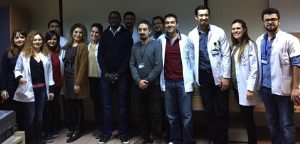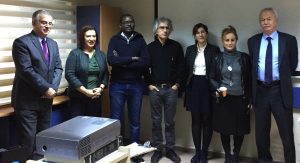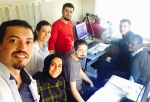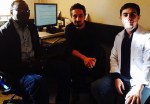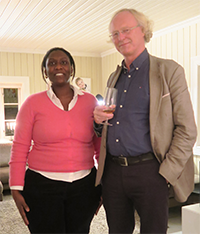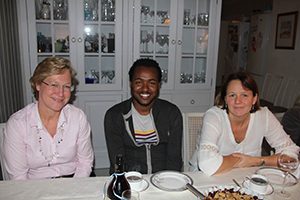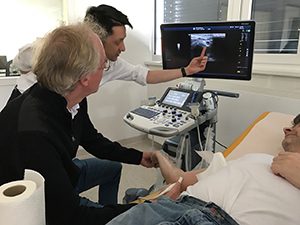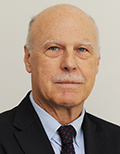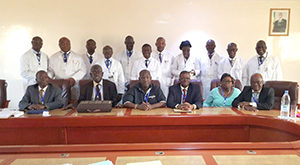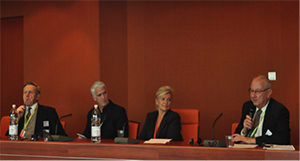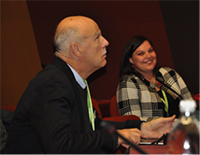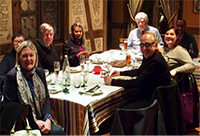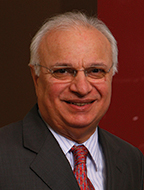Wolfgang Grisold
and Mohammed Wasay
 World Brain Day 2017 will be centered on stroke, and will be jointly prepared and celebrated with the World Stroke Organization. This topic emphasizes the importance of stroke and should alert towards prevention and introduce advances in treatment.
World Brain Day 2017 will be centered on stroke, and will be jointly prepared and celebrated with the World Stroke Organization. This topic emphasizes the importance of stroke and should alert towards prevention and introduce advances in treatment.
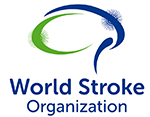 We hope that many national societies will be able to join us again this year. Material for the campaign, as well as suggestions for press releases, will follow.
We hope that many national societies will be able to join us again this year. Material for the campaign, as well as suggestions for press releases, will follow.
World Brain Day 2017 will also have an international press conference centered on the important topic of stroke.
For the status of ongoing preparation please follow our website and social media.
There is also a WFN website dedicated for this event, where you can communicate with us. •
